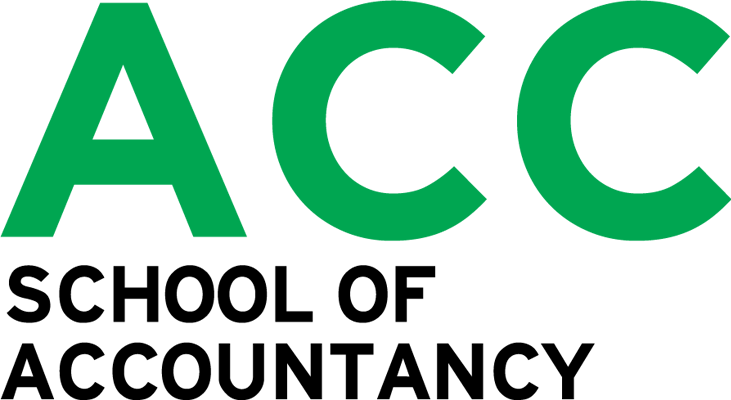From my work at M.M.N. Syndicate Audit Co., Ltd. as a Junior Auditor, important details in the audit of the SME budget. When there is a new budget, the Audit must obtain a trial balance (TB) and general ledger (GL) to use in preparing the financial statements, which include the statement of financial position, income statement, and statement of changes in shareholders.
When we have the trial balance, we will distribute it in the financial statements using the Excel formula that we use, which is VLOOKUP, to help make the budget faster. The audit requires a certain level of Excel expertise. When the financial statements are correct, “Assets + Liabilities = Owner’s Equity” and there is no Diff, we can start the audit. Since our accounts have 5 main categories: Assets, Liabilities, Capital, Revenue, and Expenses, we will start the audit of the asset category first. The main principle of auditing the asset category is that the Audit must request details of the financial statements from the accountant/customer to audit. Mostly, the asset category must be confirmed by the customer. Sending confirmation to a third party to confirm the amount is the most reliable evidence. For example, when receiving a bank statement from a customer, the Audit must send confirmation to the financial institution that the amount is correct and matches the bank statement. This step is very important. If there is no confirmation from the financial institution, the Audit will not be able to know that the balance is correct. When the balance is confirmed, the next step can be checked. The debt category must also be confirmed and sent to the creditor to confirm the amount. This is to confirm the creditor amount correctly and the amount matches the ledger account. It can be checked with the bank statement to see if the payment has been made to the creditor. When it is confirmed correctly Then you can proceed to the next step. This capital category is also important. For this inspection, you must request a certificate and BorJor.5 from the company to check that the balance shown in the trial balance matches the amount specified in the certificate and BorJor.5. Check if there is a capital reduction/increase, and if the total number of shareholders has changed. For the income and expense categories, randomly check a large amount or approximately 80% of the total income/expenses. You can check with the bank statement or tax invoice/receipt to know if the money has actually been paid or received. After that, check if there are any account items that need to be adjusted. Adjust the items and make a report for the auditor to check and sign the budget before sending it to the customer. This completes the SME budget inspection.
For SME auditing, it is quite a difficult audit for me. After working for about 3 months, I have a better understanding of auditing and the customer’s perspective. It was a really good experience.














